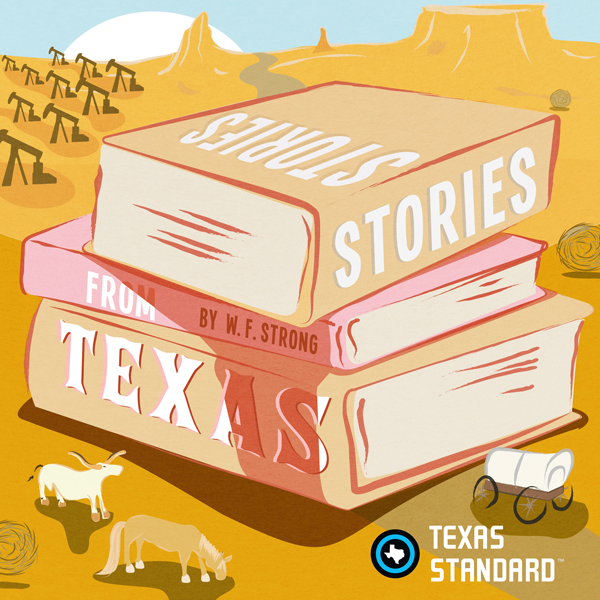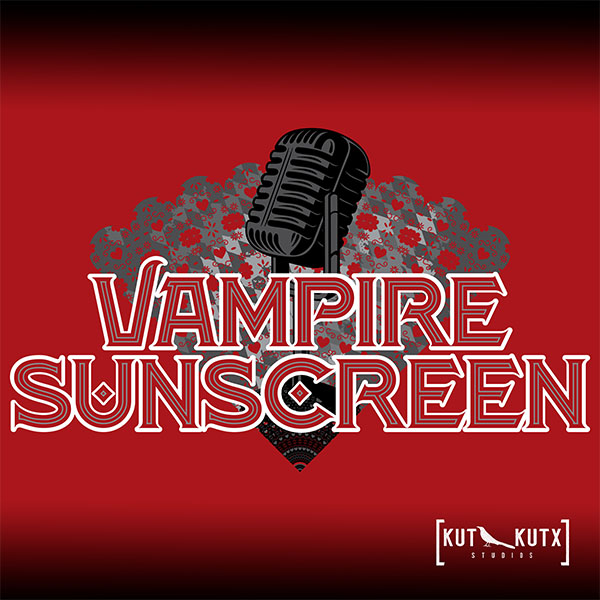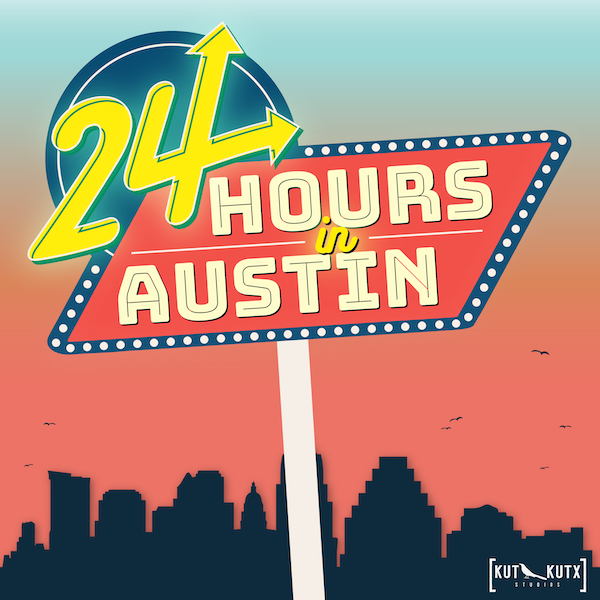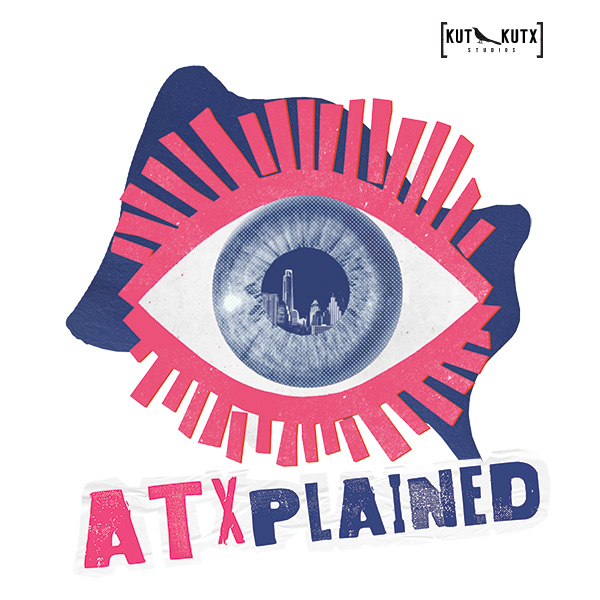There are a few symbols so deeply woven into the fabric of Texas that they seem as native as mesquite or bluebonnets. One of them is the Stetson hat. Not just any Stetson hat – the Boss of the Plains.
Texas Standard commentator W.F. Strong says that oddly enough, it didn’t come from Texas at all.
The full transcript of this episode of Stories from Texas is available on the KUT & KUTX Studio website. The transcript is also available as subtitles or captions on some podcast apps.
W.F. Strong [00:00:00] There are a few symbols of deeply woven into the fabric of Texas that they seem as native as Mesquite or blue bonnets. One of them is the Stetson hat, not just any Stetsen hat, but the boss of the planes. Oddly enough, it didn’t come from Texas at all. It was born out of necessity not too far from the Lone Star State in the high country of Colorado by a man who thought he was dying. John B. Stetson was born in 1830 in New Jersey. In his late 20s, around 1857 or 1858, he was diagnosed with tuberculosis. Back then, TB was often a death sentence. Doctors advised him to get his affairs in order and to get to a dry climate. So Stetson did what many a desperate man would do in the mid-1800s. He went west. He joined a wagon train headed toward Pike’s Peak, somewhere along the trail east of Colorado Springs. He decided that his narrow brimmed eastern hat just wouldn’t do. He put his hat making skills to use around a campfire. He fashioned a broad brimed high crown hat out of beaver felt, thick, durable and water resistant. But it wasn’t for show, it was a shield. It could shade his eyes, protect him from rain, fan a fire, or even serve as a bucket to water a horse. A fellow traveler was so impressed that he bought it on the spot. That was the first Stetson ever sold. Stetsen eventually recovered his health and returned to Philadelphia. In 1865, at the age of 35, he founded the John B. Stetson Company, producing the Boss of the Plains hat. For the booming Western market and Texas, as it turned out, was ready. Cowboys across the plains quickly recognized its value. It was far superior to the coonskin caps and floppy wool hats they’d worn before. This new hat was all function, and somehow it looked right. It looked Western. Soon enough, Stetson’s name wasn’t just a brand. It became the word for hat. In Texas, the Stetson was adopted by trail riders, ranchers, sheriffs, and eventually by city folks who didn’t work cattle, but liked to look like they did. From Amarillo to Austin, the stetson became a crown of Texas identity. And when the movies came along, they sealed the legend. Think of Tombstone, Doc Holliday in a dusty gray Stetson, Wyatt Earp tipping his hat before a shootout, or Lonesome Dove, where Gus and Cole’s hats say as much about their character as their words ever could. In fact, one of the most iconic Texas-style hats today is the Gus Crease, named after Gus McRae, Robert Duvall’s character in Lonesome Dove. That high front crown that slopes down toward the back carries a swagger all its own. It’s not in the original Stetson catalog, but it’s pure Texas. Functional, stylish, and just a little bit rebellious. Today, the Stetson endures in Texas. You see them in rodeos, ranch gates, and wedding receptions. You’ll even see them under the Golden Dome of the Capitol. It’s not always the Boss of the Plains style anymore. Now they come with creases and curls and open crowns and cattlemen dips. But they’re all part of the same lineage. The Stetsons, born from a death sentence, saved by the dry air and bright sun of the Rockies and made immortal. By the spirit of the West. John B. Stetson may have been a Philadelphian by birth, but his hat, that hat, belongs to Texas. I’m W.F. Strong. These are stories from Texas. Some of them are true.
This transcript was transcribed by AI, and lightly edited by a human. Accuracy may vary. This text may be revised in the future.
